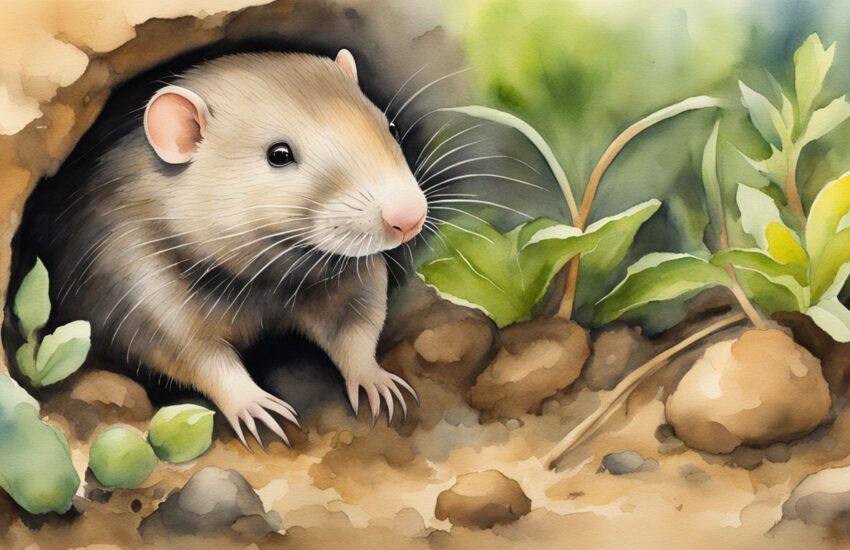Hamster Social Behavior Insights
Understanding **hamster social behavior** is crucial for pet owners, breeders, and researchers. These small yet fascinating creatures possess unique traits that influence their interactions within groups. While often perceived as solitary animals, hamsters exhibit a range of social behaviors that can surprise many. In this article, we explore various aspects of hamster social behavior, including their territorial instincts, interaction dynamics, and the effects of environmental factors on their social structures.
Territorial Behavior of Hamsters
One of the most striking features of hamster social behavior is their territorial nature. Hamsters, particularly the Syrian species, are known to be solitary and may fiercely defend their territory. When housed together, conflicts often arise, leading to aggressive behaviors, which can result in injury or stress. Understanding this territoriality is essential for successful hamster care, especially for those considering housing multiple hamsters.
Conflict and Aggression
The presence of multiple hamsters in a confined space can lead to significant conflicts. As social animals, they establish a hierarchy, but their instincts drive them to assert dominance, often resulting in fighting. For instance, an owner who attempts to house two Syrian hamsters together without proper introductions may witness aggressive encounters. To minimize these conflicts, it’s advisable to provide ample space, hiding spots, and individual territories within their habitat. Proper introductions can also alleviate aggressive behaviors and promote a more peaceful coexistence.

Signs of Stress in Hamsters
Identifying stress in hamsters is crucial for their well-being. Some common signs include excessive grooming, aggression, and changes in eating habits. Observations such as these can be attributed to social interactions or a lack of adequate space. If a hamster is frequently fighting or exhibiting erratic behavior, it may be a sign that their social environment needs adjustment. Providing enrichment, such as tunnels, toys, and separate areas can help alleviate stress and foster healthier social behaviors.
Social Interactions Among Hamsters
While hamsters are often solitary, certain species like the Campbell’s dwarf hamster exhibit more social behaviors. In these cases, they can often live harmoniously in pairs or small groups. Understanding these dynamics is key to fostering good social interactions among hamsters. It’s essential to note that even species known to be social require specific conditions to thrive in groups.
Group Dynamics in Social Species
In social species of hamsters, such as the dwarf hamster, group dynamics play a significant role. They tend to form strong bonds with their companions, exhibiting playful and grooming behaviors. For instance, a pair of dwarf hamsters may cuddle together and engage in playful interactions, enhancing their overall happiness and reducing stress. However, careful monitoring is necessary since hierarchical disputes can still arise, leading to potential stress or aggression among the group members.
Outbreeding and Genetic Factors
Genetic factors also impact social dynamics among hamsters. When breeding, it’s essential to avoid inbreeding, which can lead to genetic defects and behavioral issues. Outbreeding can strengthen genetic diversity and promote healthier social behaviors. For instance, a study of hamsters revealed that those from diverse genetic backgrounds exhibited greater adaptability to social groups, enabling smoother interactions and lower aggression levels.
The Role of Environment in Social Behavior
The environment plays a pivotal role in shaping hamster social behavior. Factors like cage space, enrichment, and social exposure significantly influence how hamsters interact with each other and their surroundings. Providing a stimulating environment can enhance their social experiences and overall quality of life.
Creating an Enriching Habitat
To support positive social behaviors in hamsters, it is crucial to create an enriching habitat. This includes providing various levels for climbing, tunnels for exploring, and multiple hiding spots to encourage natural behaviors. Enrichment can stimulate their curiosity and reduce the likelihood of territorial disputes. Regularly rotating toys and providing opportunities for exercise also play a critical role in enhancing their social interactions.
Temperature and Light Conditions
Another environmental factor affecting hamster social behavior is temperature and light conditions. Hamsters are sensitive to changes in their environment. For example, environments that are too bright or too warm can induce stress, leading to aggressive behavior. Ensuring a balance of light and avoiding direct sunlight in their habitat can help maintain a calm atmosphere where hamsters can interact more peacefully.
Key Takeaways
- Hamsters exhibit strong territorial behavior, particularly in solitary species.
- Group dynamics vary significantly among different hamster species, with some thriving in social environments.
- Environmental factors and habitat enrichment play crucial roles in enhancing social behaviors in hamsters.
FAQ
1. Can hamsters live together peacefully?
Some hamster species, particularly dwarf hamsters, can live together peacefully if introduced correctly and provided with sufficient space and resources. However, solitary species like Syrian hamsters should be kept alone to avoid conflict.
2. How can I reduce aggression in my hamsters?
To minimize aggression, ensure ample space, utilize separate territories, and provide enough enrichment. Monitor their interactions closely, and consider separate cages if fights occur.
3. What signs indicate that my hamster is stressed?
Signs of stress in hamsters include excessive grooming, biting, withdrawal from social interactions, and changes in eating or drinking habits. It’s essential to address these behaviors promptly to maintain their health and well-being.
4. Are there any benefits to keeping hamsters in pairs?
For social species, keeping them in pairs can provide companionship, reduce stress, and facilitate natural behaviors like grooming and playing. However, careful introductions and monitoring are vital to avoid conflicts.
5. How do genetics affect hamster social behavior?
Genetics plays a significant role in determining social behavior among hamsters. Diverse genetic backgrounds promote healthier social interactions, while inbreeding can lead to behavioral issues and aggression.
